|
Bruxism, also referred to as teeth clenching and grinding affects both children and adult populations worldwide. This can lead to a range of dental and general health problems when left untreated. To understand bruxism, it can be defined as the involuntary grinding, clenching, or gnashing of the teeth often occurring during sleep (nocturnal bruxism).
Symptoms of bruxism can include:
References:
0 Comments
We are often asked - “what is it that you do and how can it help me?”.
We use Applied Kinesiology (AK). Applied kinesiology is the study of muscles and the relationship of muscle strength to health. It incorporates a system of manual muscle testing and therapy. AK is based on the theory that body dysfunction is accompanied by a set or pattern of specific muscle findings. When you visit Sprouting Health we efficiently test 80 individual muscles, look over your set of unique symptoms and then formulate a healing plan using both Eastern and Western medicine modalities. For example, from gentle basic body muscle tests and your history we can usually investigate why a particular soreness or symptom may be present. Eg. If you have a sore elbow or neck, we examine nerve supply and muscles around that specific area. These muscles may be malfunctioning, that is they may be over tight or they may be weak. This will cause the joint to become imbalanced and lead to wear and tear and hence ultimately cause pain. If more complicated patterns or history present, we might then order a blood test or a urine sample to help us further investigate. We might then use chiropractic care, acupuncture systems, soft tissue therapies, or stress relieving techniques to help you, all based on information from the tests we get. We do not confine our practice to one form of therapy, we are directed by your unique set of symptoms and findings from our thorough investigation. We also work with other health practitioners if required to help you achieve your Best Life Possible! If you would like help with a niggling injury or you are not satisfied with the results you are getting contact us here at Sprouting health and we would love to see if we can help you. It’s our passion! Some people are worried about seeing a chiropractor because they think that chiropractic adjustments might be harmful or dangerous. However, the research relating to chiropractic care shows us that it is remarkably safe1, especially compared to a lot of other healthcare interventions and it’s effective2 and it’s associated with high levels of patient satisfaction.3
Virtually all forms of healthcare are associated with some risk.5 With the sort of manual or ‘hands-on’ procedures that chiropractors use in everyday practice, it’s logical that there is at least some risk that on rare occasions some people may suffer from an adverse event after seeing their chiropractor. A number of researchers have reviewed all the published literature relating to the safety of chiropractic care.6-8 According to these reviews, serious adverse events are very rare and most of the time the scientists weren’t sure if the chiropractic care actually caused the event or not.6-8 “Chiropractic care has an enviable safety record compared to most other healthcare interventions.1,4. “ What is more common with chiropractic care is that some people can feel a bit stiff and sore after they’ve been adjusted, but this usually goes away by itself.1, 6, 7 So, according to the best reviews of all the science literature on this topic, we know that being seriously hurt from seeing your chiropractor is extremely rare.4, 8, 9 In fact, the statistics tell us that you are about 10 times more likely to be seriously injured driving to and from your chiropractor’s office than you are from being seriously injured while seeing your chiropractor.10 Stroke Research Study Despite all of these studies showing how rare adverse events are with chiropractic care, there are still some people who are worried a chiropractic adjustment could cause a stroke. This has also been studied very carefully.8, 11 In two separate studies researchers looked at extremely large patient databases from insurance plans in Canada and America and compared over 2600 patients who had actually suffered from a stroke involving arteries in their neck and they compared them to people who hadn’t had a stroke.8, 11 They looked to see whether the people who had suffered a stroke were more likely to have seen a chiropractor or a medical doctor before suffering from the stroke. What they found was that people who had suffered from one of these strokes were no more likely to have seen a chiropractor than a medical doctor before the stroke occurred. In some groups, they were actually more likely to have visited a medical doctor than a chiropractor before the stroke. What does this mean? These studies suggest that patients who suffer from a stroke after seeing a chiropractor probably went to see the chiropractor because they had neck pain or headaches that had been caused by the early stages of the blood vessel damage that ultimately caused the stroke. So, the stroke had already started before they went to see the chiropractor. It also means that there is no greater risk of suffering from a stroke if you choose to visit a chiropractor compared to the risks of visiting a medical doctor. So, if you or someone you know is worried about seeing a chiropractor, you can rest assured that chiropractic care is associated with very low risk of causing serious harm.6, 7 The risks are so rare that they cannot accurately be estimated,5, 11 and of the risk estimates that have been made, most suggest that serious adverse events associated with chiropractic care happen perhaps every several hundred thousand visits.5, 6 Like any healthcare intervention, some adverse events do of course occur with chiropractic care5, 6 and these adverse events are generally minor and go away by themselves5, 6 and don’t take away from the high levels of patient satisfaction associated with chiropractic care.3 So, despite what some people think, chiropractic has an enviable safety record and you can rest assured that if you go see your chiropractor, you’re in safe hands. If you have any further questions make sure to talk to one of our Drs (DC) at Sprouting Health Chiropractic and Kinesiology. References
Spine-related musculoskeletal pain is one of the most common reasons for missed work (1). Do you or a loved one experience spine-related musculoskeletal pain? This is an important article that can make the world of difference to you.
“As of 2016, health care costs for care related to spinal pain, was estimated at $134.5 billion” (2) Most cases of spine-related musculoskeletal pain can be effectively managed with conservative non-pharmacological and non-invasive approaches, including chiropractic and physical therapists. In the US chiropractic care is one of the most utilized approaches to the treatment of spine-related musculoskeletal pain (3). However, frequently a patient’s course of care is unnecessarily escalated by use of more invasive, hazardous and/or costly procedures which may include surgery, interventional pain medicine techniques and prescription of pharmaceuticals (4). If not taken care of promptly, these issues could become reoccurring and/or chronic and would take longer to resolve or having to result in more invasive procedures. In recent research literature, a systematic review was done with economic studies, randomized controlled trials and observational studies. Of 2256 citations, 93 articles were screened and 44 studies were included in this review. It was found that spinal pain patients who consulted a chiropractor as their initial provider incurred substantially decreased downstream healthcare services and associated costs compared with medical management (5). Further investigations and studies would help substantiate these findings, but there are positive indications of chiropractic and the management of spine-related musculoskeletal pain being cost efficient and effective. So if you want to find out if chiropractic care may help manage spine-related musculoskeletal pain for you or your loved ones, have a chat with one of our chiropractors to see how they can assist. “With healthcare costs on the rise, it is important to look towards more cost efficient and effective approaches to your health” 1. Global Burden of Disease 2019 Diseases and Injuries Collaborators. Global burden of 369 diseases and injuries in 204 countries and territories, 1990–2019: a systematic analysis for the Global Burden of Disease Study 2019. Lancet (London, England). 2020;396(10258):1204–22. 2. Dieleman JL, Cao J, Chapin A, Chen C, Li Z, Liu A, et al. US health care spending by payer and health condition, 1996–2016. JAMA. 2020;323(9):863–84. 3. Clarke TC, Barnes PM, Black LI, Stussman BJ, Nahin RL. Use of yoga, meditation, and chiropractors among U.S. adults aged 18 and over. NCHS Data Brief. 2018;325:1–8. 4. Whedon JM, Kizhakkeveettil A, Toler AW, Bezdjian S, Rossi D, Uptmor S, et al. Initial choice of spinal manipulation reduces escalation of care for chronic low back pain among older medicare beneficiaries. Spine. 2022;47(4):E142–8. 5. Farabaugh, R., Hawk, C., Taylor, D., Daniels, C., Noll, C., Schneider, M., McGowan, J., Whalen, W., Wilcox, R., Sarnat, R. and Suiter, L., 2024. Cost of chiropractic versus medical management of adults with spine-related musculoskeletal pain: a systematic review. Chiropractic & Manual Therapies, 32(1), p.8. Anxiety is a serious condition that makes it hard for a person to cope with daily life. 3 million Australians are living with anxiety. Anxiety is the most common mental health condition in Australia. 1 in 4 people will experience anxiety at some stage in their life (1). Anxiety disorders have a lifetime prevalence of approximately 34% in the US, are often chronic, and significantly impair quality of life and functioning (2).
If you’re dealing with anxiety, you may not be familiar with some other things that can make you anxious, and it’s essential that you know how to identify them. Once you know what they are, it makes it much easier for you to manage them (3). It Could Be Hormonal Anxiety is closely linked to certain hormones that we produce. Stress hormones like cortisol are usually produced in times of anxiety but its presence can also make you anxious. Other hormones like estrogen and testosterone can influence your anxiety as well. When the level of testosterone falls, for example in andropause, there are more periods of anxiety. When estrogen levels fluctuate, for example in the menstrual cycle, you may have PMS as well as anxiety. You can try to balance your hormones naturally by eating properly and getting a good night’s sleep on a regular basis (4-9). It Could Be Your Health Studies have shown an almost cyclical relationship between mental health issues and physical ones. Anxiety, in particular, may be linked to illnesses such as asthma and heart disease. Apart from getting treatment for any ailments you may have, you can improve your overall health by eating properly and getting consistent exercise (3). When looking for a multivitamin, you should do your research and choose one that has scientifically based benefits. It’s also best to avoid fillers, as they not only add nothing of value, but in some cases, they could also be harmful It Could Be Your Medications Some of the medications that can trigger your anxiety include beta-blockers that are used to treat high blood pressure and migraines, as well as corticosteroids that are used as mood stabilizers (10). If you suspect your medication could be having an effect on your anxiety, you should definitely talk to your doctor about alternatives (3). It Could Be What You Are Drinking Caffeine has been known to trigger your body’s ‘fight or flight’ response, which can negatively affect your anxiety. It’s best to cut down on the amount of coffee you drink and avoid energy drinks entirely. You can look into alternatives like green tea and delay your morning cup of coffee by an hour so your body can enjoy its natural burst of energy. There’s also a link between alcohol and anxiety. Persons may be tempted to drink alcohol to relax, but if you drink too often, it can have the opposite effect (3, 11). It’s difficult enough to deal with anxiety without having mystery triggers sneaking up on you. Now that you know what some of those triggers can be, you can stay on top of them. It must be noted that you should consult with your doctor before making any changes to your medical regimen or trying any other remedies (1). If you have any further questions on some of these basic things make sure to talk to one of our Drs (DC) at Sprouting Health Chiropractic and Kinesiology. References
In today’s busy and technology driven world, achieving restorative sleep can be challenging. Sleep disturbances not only affect our daily functioning but can cause considerable impact on our long-term health. As Chiropractors, we recognise the significance of addressing the root causes of many issues including sleep disruption. An avenue gaining attention is the use of melatonin supplementation. In this blog post we delve into what melatonin is, the role it plays in sleep regulation and the role of chiropractic care to complement sleep quality.
Melatonin is a hormone synthesized and released in the brain in response to darkness. It plays a pivotal role in regulating the circadian rhythm, the body’s internal clock that governs our sleep-wake cycles (Pevet, 2003). Melatonin levels typically spike in the evening, signalling our bodies to prepare for sleep, and decrease in the morning, promoting wakefulness. During sleep, the body undergoes essential processes such as cellular repair, hormone regulation and memory consolidation (Walker, 2017). Chronic sleep deprivation has been associated with increased risk of various health conditions, including obesity, diabetes, cardiovascular disease and mental health disorders (Grandner et al, 2010). Chiropractic care focuses on optimising nervous system function, which plays a crucial role in regulating sleep patterns. Subluxations or misalignments in the spine can disrupt nervous system function and hinder the body’s ability to relax and fall asleep, especially if you are in pain! (Leboeuf-Yde et al., 2011). Through gentle spinal adjustments, chiropractors address subluxations, assisting to restore nervous system function and may facilitate relaxation. In addition, chiropractic adjustments can alleviate muscle tension and improve circulation, further promoting sleep quality. Chiropractic care along with other strategies like addressing sleep hygiene, regular wake up and sleep times and creating an optimal rest environment for the body to regulate melatonin production, can aid in restful sleep. Addressing both physical and hormonal aspects of sleep regulation can lead to profound and sustainable improvements in overall sleep quality. If you are experiencing sleep issues and disturbances, consult with one of our chiropractors at Sprouting Health to explore how chiropractic care can support your journey to better sleep. References:
We have mentioned how important a healthy digestive system is for us to have a healthy nervous system function. This time specifically, we will bring you some lesser-known information about our liver, and when would be the right time to ask for a professional opinion.
The liver is the organ known for its role in detoxification. It is the first organ our blood travels to after absorption has taken place in our intestine. It carries out filtration, detoxification as well as storage of vitamins and minerals. It is also the only organ in our body that can breakdown ethanol and metabolise fructose (namely alcohol and sugar or sweetener, respectively). The question is, so what? When the consumption of alcohol and artificial sugar is overloaded, the excessive fatty acids get converted and stored in our liver. If this accumulation process continues, a fatty liver will likely develop. In Australia, 1 in 3 Australians have fatty liver.(1) People who are overweight, diabetic, have high blood cholesterol and with high alcohol consumption are at higher risk of developing fatty liver. (1) Newer studies are showing non-alcoholic fatty liver disease (NAFLD) is on the rise. The projection of NAFLD cases are to increase 25% by 2030.(2) This is alarming because it shows that both adult populations and young children are increasingly getting fatty liver.(2) Fatty liver doesn’t often show any signs or symptoms until it becomes a much bigger problem such as liver cirrhosis - scar tissue forming as a result of chronic liver damage (and this damage cannot be undone!!). The good news is fatty liver is reversible! If you are in the higher risk category, and curious about your liver health, there are some simple procedures your chiropractor can perform to check on liver span and medical doctors have tools to help you investigate further. If you experience the following symptoms, the best advice is to consult with your health care professionals. Some of the symptoms associated with more serious liver diseases including 1. General tiredness, or fatigue 2. Have pain in your upper right abdomen 3. Yellow eyes and skin (jaundice) 4. Itchy skin 5. Dark stools The take-home message is to reduce sugar and alcohol intake! If you are curious in improving your general health and well-being, and want to know more about metabolic syndrome and how natural health practice could help, don’t hesitate to check in with one of our chiropractors in Sprouting Health and kinesiology, we would love to help manage your concerns. Reference 1. Foundation L. Fatty liver disease 2022 [updated Nov 2022. Available from: https://liver.org.au/your-liver/liver-diseases/fatty-liver-disease/?gad_source=1&gclid=EAIaIQobChMIpKnUpOuGhQMVJAZ7Bx351wrSEAAYASAAEgKRQfD_BwE. 2. Adams LA, Roberts SK, Strasser SI, Mahady SE, Powell E, Estes C, et al. Nonalcoholic fatty liver disease burden: Australia, 2019–2030. Journal of gastroenterology and hepatology. 2020;35(9):1628-35. Recently, you may have heard about something called the gut-brain axis. “What is it?” you might be wondering. Well, it is exactly what it sounds like! It is the bidirectional relationship that exists between your gut and your brain – more specifically, the central nervous system and the enteric nervous system (1). This relationship links emotional and cognitive centers of the brain with the function of your gastro-intestinal tract by means of neural, endocrine and immune links (1).
This means that the integrity of our gut and microbiome has a huge influence on our mental health – this means motivation, anxiety, depression, ruminating thoughts, mood swings and so much more (1). The integrity of our gut and microbiome is maintained through a healthy diet and appropriate supplements. In clinical practice, evidence of the brain-gut axis comes from the association of gut dysbiosis with central nervous disorders (i.e. autism, anxiety-depressive behaviors) and functional gastrointestinal disorders (1). What this means is that so many behavioural problems that we see in clinic in both children and adults alike, could be stemming from a problem existing within our gut microbiome (1). For example, patients who have high anxiety, may also be presenting with symptoms of IBS. This bidirectional communication network of the gut-brain axis includes:
Here at Sprouting Health, we often look at the balance between these systems. While adrenal dysfunction, viruses and bacteria could be disrupting your HPA axis, it is important to understand that your gut could be having the same effect! The HPA axis is considered the core axis of your body that coordinates responses to stressors in your life, whether they be chemical, physical or emotional (1). When we have increased stressors in our lives, hormonal dysregulation is common and therefore creates a cascading effect of imbalances in our body extending into the gut and the enteric nervous system (1). When these changes happen, our cellular makeup is altered and important cells in our microbiota are compromised, thus having a major effect on mental health and cognitive function (1). Research has shown that many of the cognitive dysfunction or mental health symptoms that present in people appear to be strain-specific (1). This suggests that a potential role of certain supplementing with certain probiotic strains could be an accessory in managing certain neurologic disorders (1). To summarize, a healthier gut can give us a healthier brain, and thus a healthier body! Here at Sprouting Health, we value the importance of holistic health and want to help you balance your nervous system through chiropractic adjustments, addressing chemical imbalances through applied kinesiology and emotional regulation through NET. We understand that a healthy gut is one of the most important steps in healing our bodies, and we are passionate about educating our patients around the issue! References
Falls are a significant cause of death, injury, and loss of quality of life in older adults according to the American Geriatric Society.
Risk factors include (Grabowska et al, 2022):
In 2016, Holt et al conducted a Randomised Controlled Trial (RCT) and found significant improvements of participants (65yrs and above) who received Chiropractic care compared to those that did not. They recorded improvements in:
Imagine living life to the fullest as you grow older and wiser, enjoying quality and precious time with your loved ones, doing what you love, spreading joy and positivity. Chiropractic care is one of the things that may help you achieve that. Book in a consultation with us and let us help you strive towards better health and optimal function! References:
As parents, it can be so mundane organizing and packing lunch boxes each school day. Worse than this, most of us who are making so much effort, are doing a really poor job at fueling our precious children’s bodies. Let’s look at why…
It truly breaks my heart when we see many of the children's lunchboxes at school or kindy. Because usually there's:
And so we've put together some guidelines below (and heaps of ideas) so that you can be confident that you're filling your kids' lunchboxes to fuel them...day after day.
The amount of sugar in their lunchbox is an absolute priority!! If you give your child sugar fixes (usually unknowingly!) At morning tea and lunch, they will come tumbling down from this high - around about the time they are due home from school. This is why kids are often grumpy and deflated in the afternoon. They generally won’t sleep as well either because their sugars are still cycling through the night, disturbing normal sleep patterns. Kids can tolerate 5 tsp of sugar daily, maximum, according to W.H.O. This is often reached after breakfast alone, with the average breakfast cereal containing 5 tsp of sugar, and many as high as 9tsp! But let’s get back to lunch and break it down.
This is a pretty typical lunchbox, and not considered terribly unhealthy or unacceptable by teachers… true? It has 13 tsp total sugar in it!! Can you believe it? Almost 3 day’s worth of sugar for our kids. But don't worry, we have plenty of easy-peasy ideas below for things to replace it with.
What is refined food? It is basically the opposite of “wholefood” as we term it today. It’s a food that isn’t recognizable as its original source any longer. So things like chips, flavored (uncultured) yogurts, bread, muffins, cookies, biscuits, roll ups, most things in a packet. They have been processed and...in the process... have lost their nutritional value. Yes they may still contain carbs, fats and proteins, but there are no micronutrients like vitamins, minerals and enzymes, which are what we need to repair, grow and function. And they're almost always loaded with refined sugar!
Fiber is something many don’t focus on in our meals. Fiber comes from wholegrains, nuts, seeds, legumes, fruits and vegetables. Fiber is SO important as it creates:
Most people are still pretty scared of fat. We usually love the concept of high protein, but forget about fat. Kids brains are constantly learning and developing… and what are they made of? FAT! Fat is also great because it is a slow release form of fuel for our kid’s busy bodies; which means no sugar highs for the teachers or frustrating lows after school. So how can you get more fat into the lunchbox?
Your child may resist for a week, wanting the sugar and easy food back but persist. High sugar diets change our taste-buds, and after a week our taste starts to return and real food tastes yummy again!! Just like breaking any addiction, consistency is key. Your child won’t starve him/herself, and the reward in the long-run will be well worth it. HAPPY LUNCH BOX MAKING!! |
AuthorBlogs by the team at Sprouting Health Archives
July 2024
Categories |
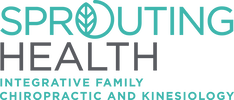
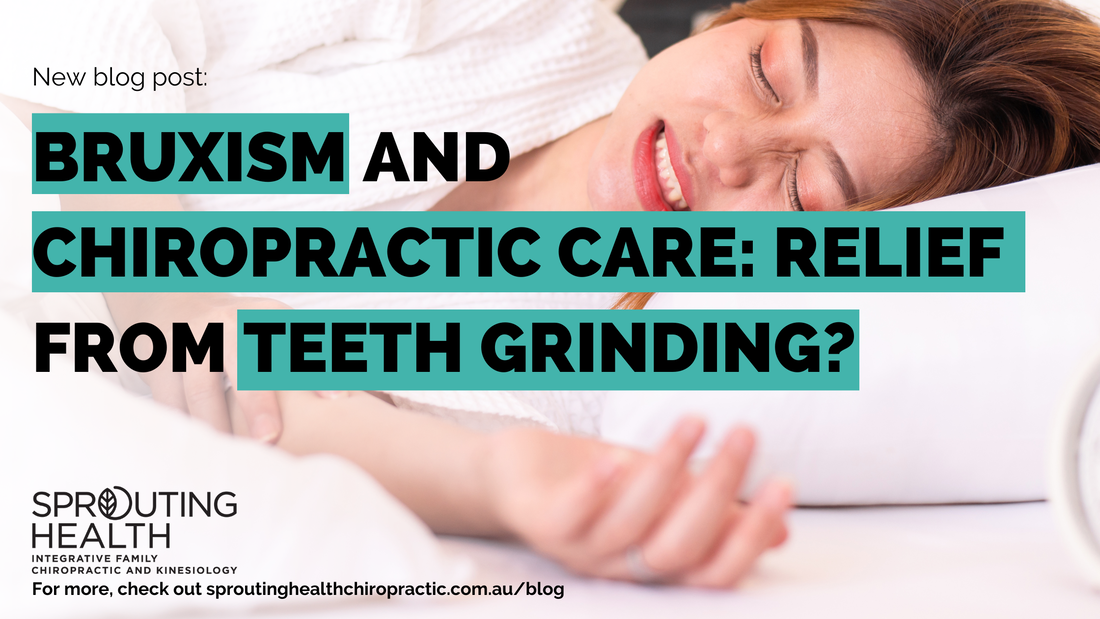
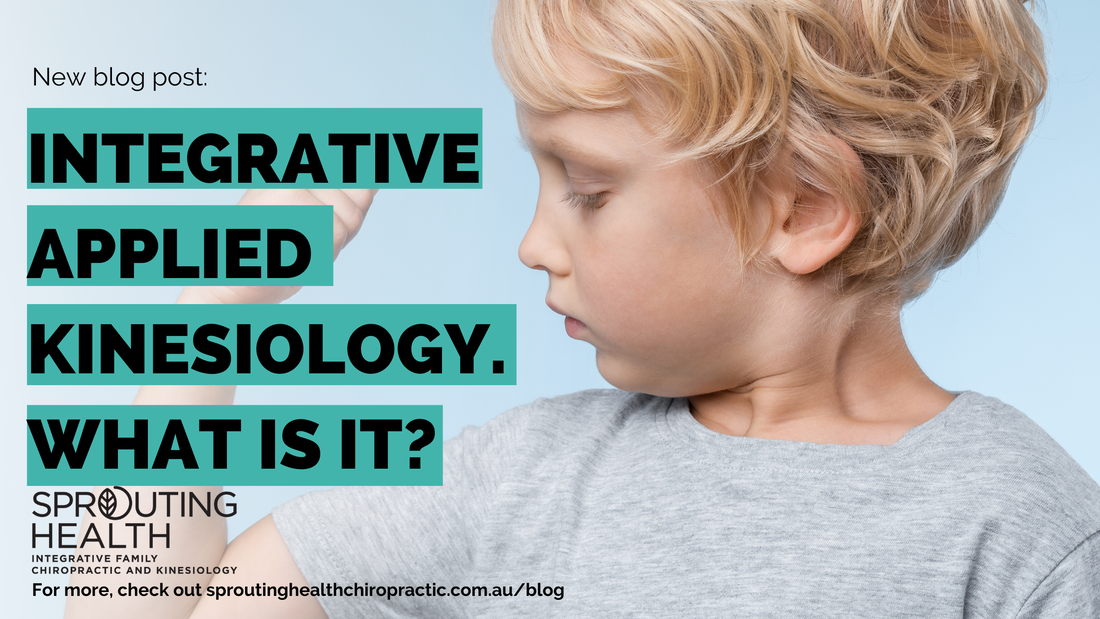

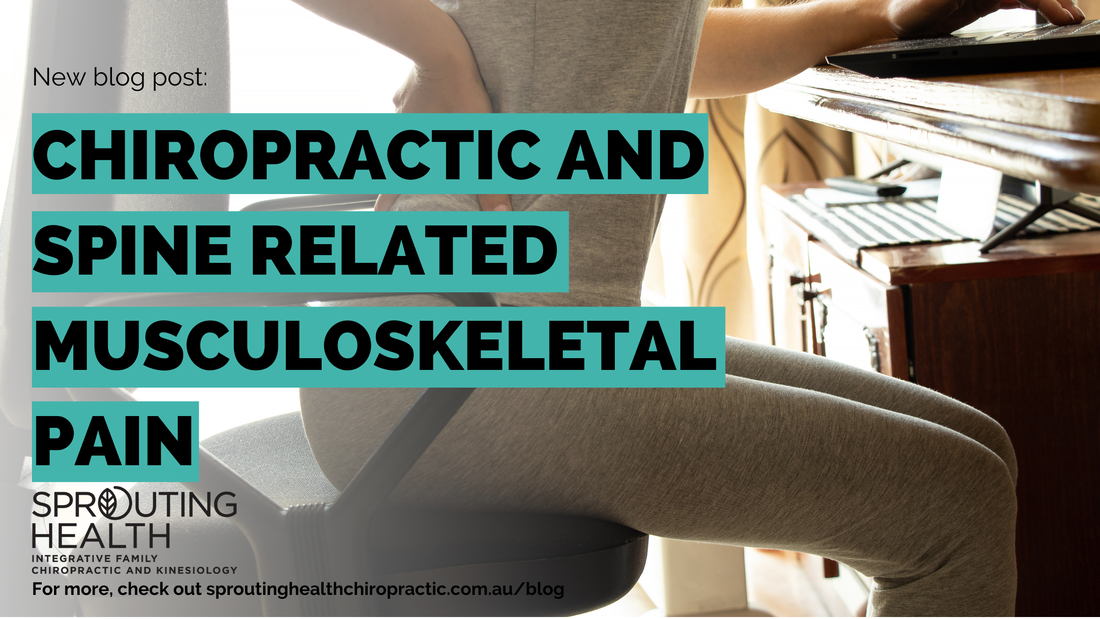

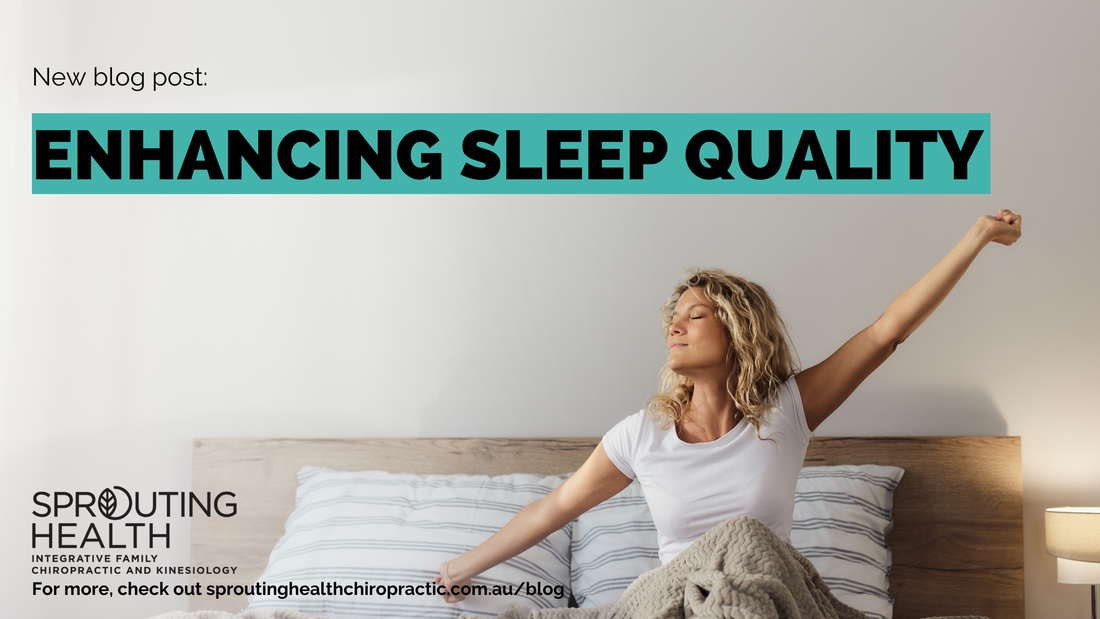
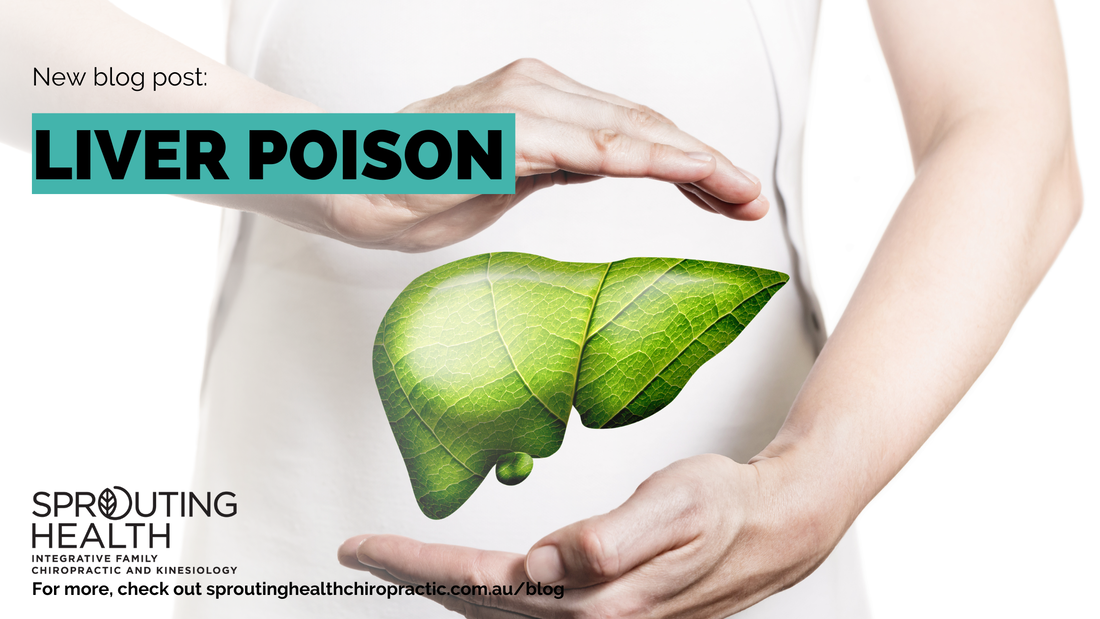
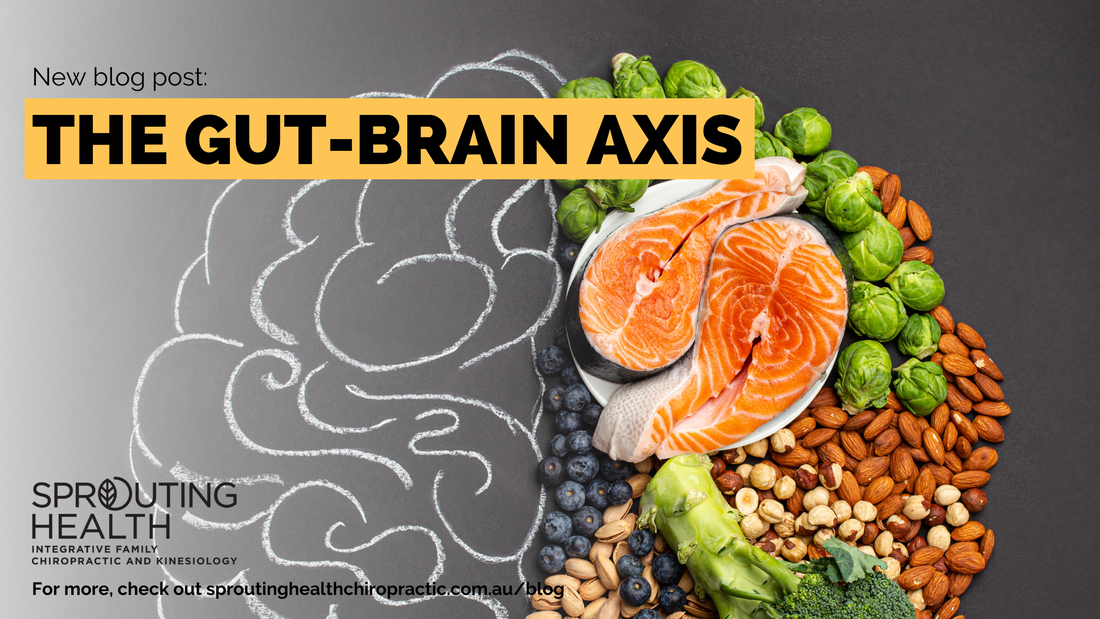


 RSS Feed
RSS Feed
